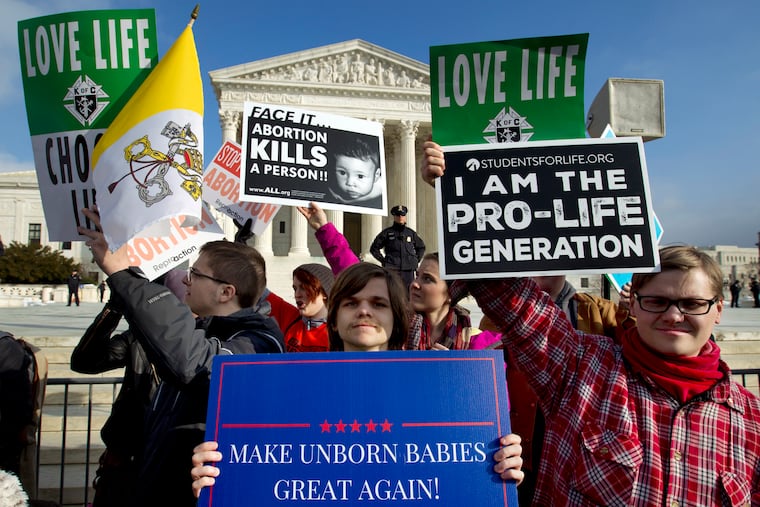The U.S. abortion rate falls to lowest level since Roe v. Wade
An unprecedented wave of 400 bills imposing restrictions on the procedure were passed by states. And medical abortions, which involve taking pills instead of undergoing a surgical procedure, became widely available.
